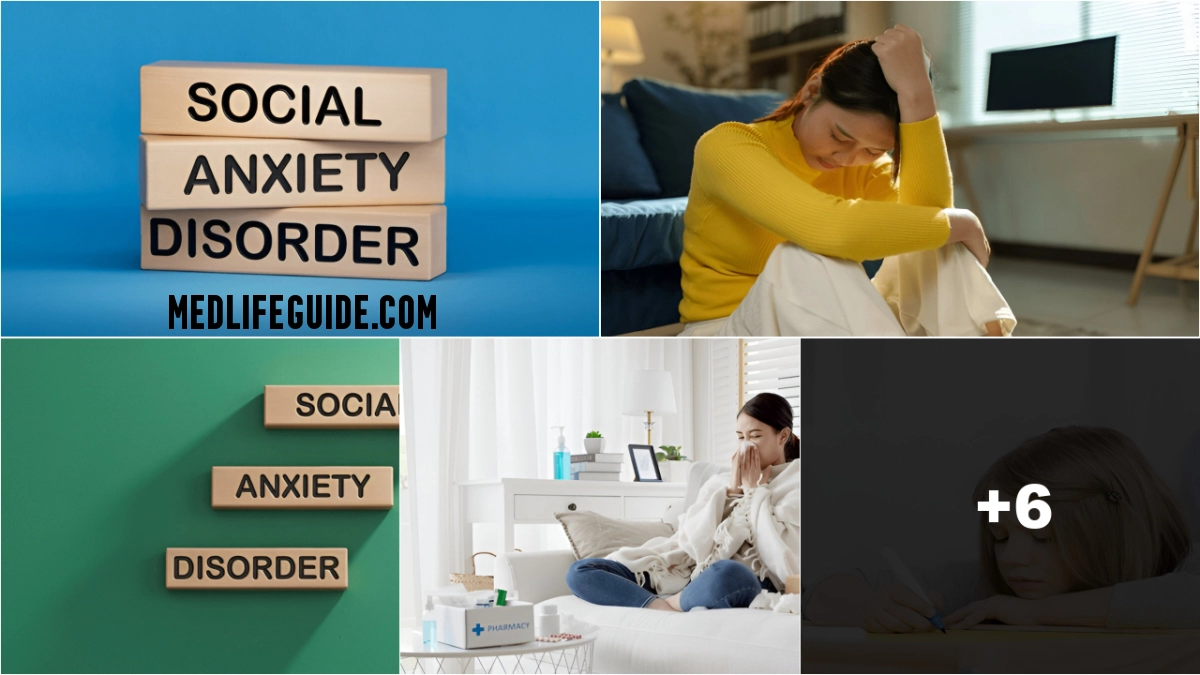Social anxiety isn’t just shyness—it’s an intense fear of judgment that can disrupt daily life. Many people dismiss their symptoms as mere nervousness, but recognizing the signs is the first step toward managing them.
In this guide, we’ll explore:
- Physical, emotional, and behavioral symptoms of social anxiety
- How it differs from general shyness
- Real-world examples of how symptoms manifest
- Actionable coping strategies
What Are the Most Common Social Anxiety Symptoms?
Social anxiety disorder (SAD) goes beyond occasional nervousness. Here’s how it shows up:
1. Physical Symptoms
Example: Your heart races when someone calls your name, and your hands turn sweaty even though the room is cool. You feel your voice shake the moment you try to speak.
- Rapid heartbeat or palpitations
- Excessive sweating (even in mild social situations)
- Trembling or shaky voice
- Nausea or stomach discomfort
- Blushing intensely
Why it happens: The body’s fight-or-flight response kicks in, even in non-threatening social interactions.
2. Emotional & Cognitive Symptoms
Example: You replay a short conversation all night, convinced you sounded odd. You assume everyone noticed your nerves even though no one said a thing.
- Overanalyzing past conversations for “mistakes”
- Intense fear of being judged or humiliated
- Assuming others notice your anxiety
- Catastrophizing (“What if I embarrass myself?”)
Example: Someone avoids speaking up in meetings, fearing their input will sound “stupid.”
3. Behavioral Symptoms
Example: You skip a friend’s gathering because the idea of small talk feels overwhelming. You keep rehearsing what to say before making a simple phone call.
- Avoiding social gatherings (even ones you’d enjoy)
- Staying silent to avoid drawing attention
- Over-rehearsing conversations beforehand
- Relying on alcohol to ease anxiety in social settings
How Social Anxiety Differs from Shyness
Example: A shy person warms up after a few minutes. Someone with social anxiety feels on edge the entire time and avoids similar situations after.
| Shyness | Social Anxiety Disorder |
|---|---|
| Discomfort in new social settings | Debilitating fear of everyday interactions |
| Eases over time | Persists for months/years |
| Doesn’t severely impact life | Leads to avoidance of work, school, or relationships |
Key distinction: If fear of judgment controls your choices, it’s likely social anxiety.
Lesser-Known Symptoms (That Often Go Unnoticed)
Example: You leave a meeting and spend hours thinking about one comment you made. You sit rigidly in social settings so you do not draw attention.
- Post-event rumination: Hours spent replaying social interactions.
- Overcompensating: Being overly talkative to mask anxiety.
- Physical rigidity: Stiff posture to avoid drawing attention.
When to Seek Help
Social anxiety becomes a disorder when:
- It lasts 6+ months
- It interferes with work, school, or relationships
- It causes significant distress
Therapy (like CBT) and lifestyle changes can make a huge difference.
Actionable Ways to Manage Symptoms
- Practice Exposure Gradually
- Start with low-pressure social interactions (e.g., small talk with a cashier).
- Challenge Negative Thoughts
- Ask: “What’s the evidence that everyone is judging me?”
- Use Grounding Techniques
- The 5-4-3-2-1 method (name 5 things you see, 4 you feel, etc.).
Final Thoughts
Recognizing social anxiety symptoms is the first step toward reclaiming your confidence. If these signs resonate with you, consider reaching out to a mental health professional—you’re not alone.

